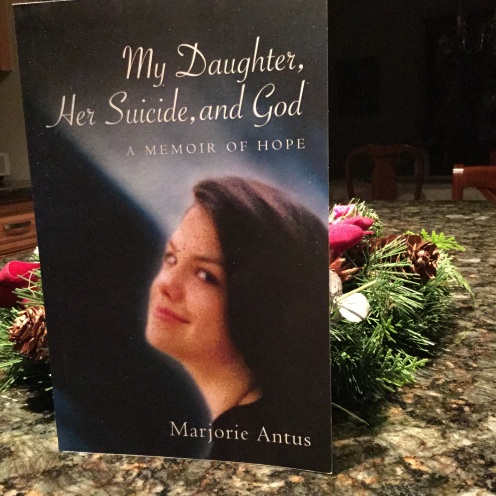For the better part of two decades, I’ve wondered about the few minutes preceding my daughter Mary’s suicide. Just what sort of inner resolve did she summon in order to begin swallowing several dozen pills she knew to be lethal?
Well, now I know. Mary had to “pass a psychological barrier” before swallowing her pills and did so, it turns out, by way of champagne. “[A] final wall of resistance is what keeps many seriously suicidal people alive,” writes Paul Quinnett. “Alcohol dissolves the wall and is found in the blood of most completed suicides.” On behalf of the National Alliance on Mental Illness (NAMI), Quinnett adds, “If someone is contemplating suicide, keep them sober.”
Quinnett’s Question, Persuade, Refer system of suicide prevention can and must then begin. “Get the person alone or in a private setting and ask the person if he/she is contemplating suicide. Ask questions that acknowledge the individual’s distress. Questions like, Have you been unhappy lately? . . . Or you can ask directly, Do you want to stop living?” (Paul Quinnett, Ph.D, “QPR: Ask a question. Save a life.” NAMI Family-to-Family Education Program, 2012).
At this point, a dangerous fallacy must be exposed. It’s one I subscribed to, perhaps unconsciously, in relating to my daughter in the last days of her life. The fallacy is this: using the word “suicide” around a seriously depressed person will give him or her the idea of suicide that was not in their thinking before.
“Raising the issue of suicide with those who are severely depressed . . .. can open the door to therapeutic intervention,” writes Carol Anne Milton. “Allowing a person to talk through their worst fears . . . could provide them a lifeline that makes all the difference between choosing life and choosing to die. People already have the idea of suicide; it is in the media constantly. If we ask a person, ‘Do you have thoughts of suicide?’ we are showing that we understand the depth of their pain, that we care and that we take them seriously . . .” (The Coldest Night: A Family’s Experience of Suicide. Dublin: Veritas, 2009, p. 83)
The following post will continue with Quinnett’s plan of rescue for the beloved suicidal among us.

Leave a comment